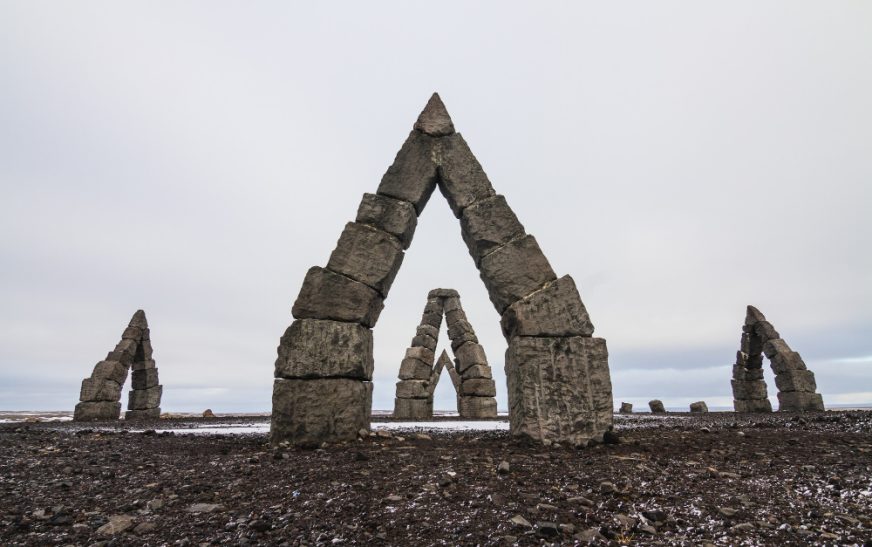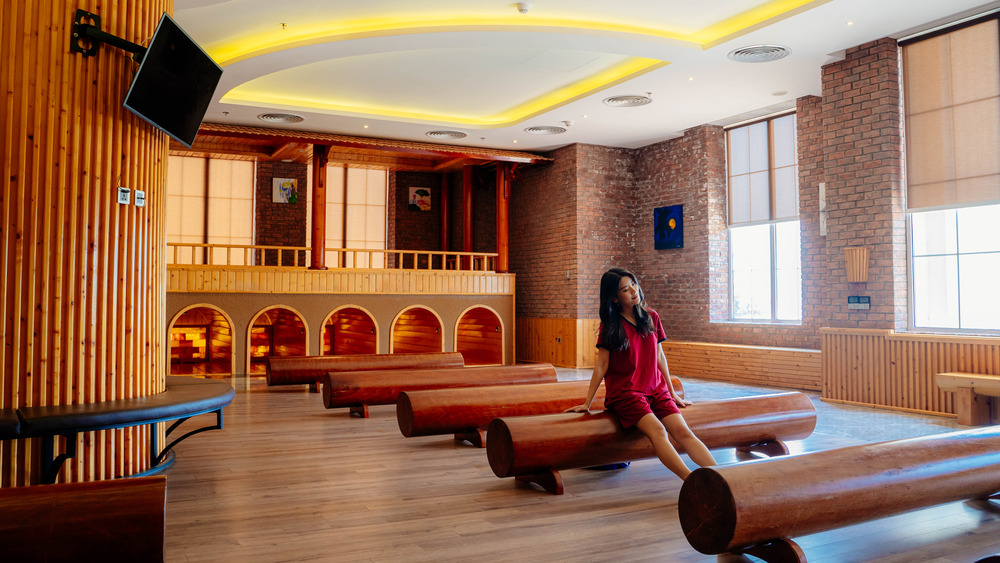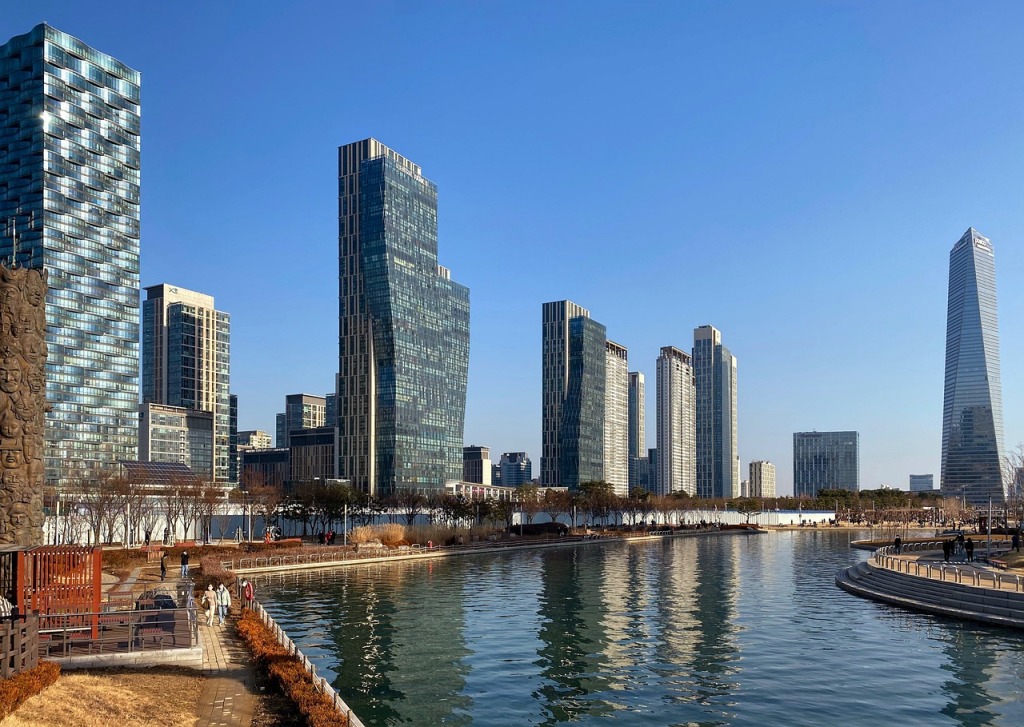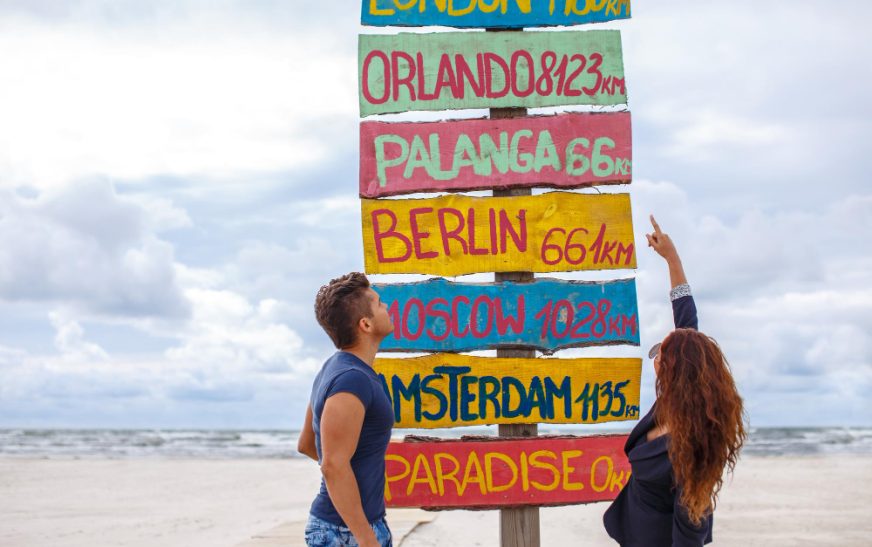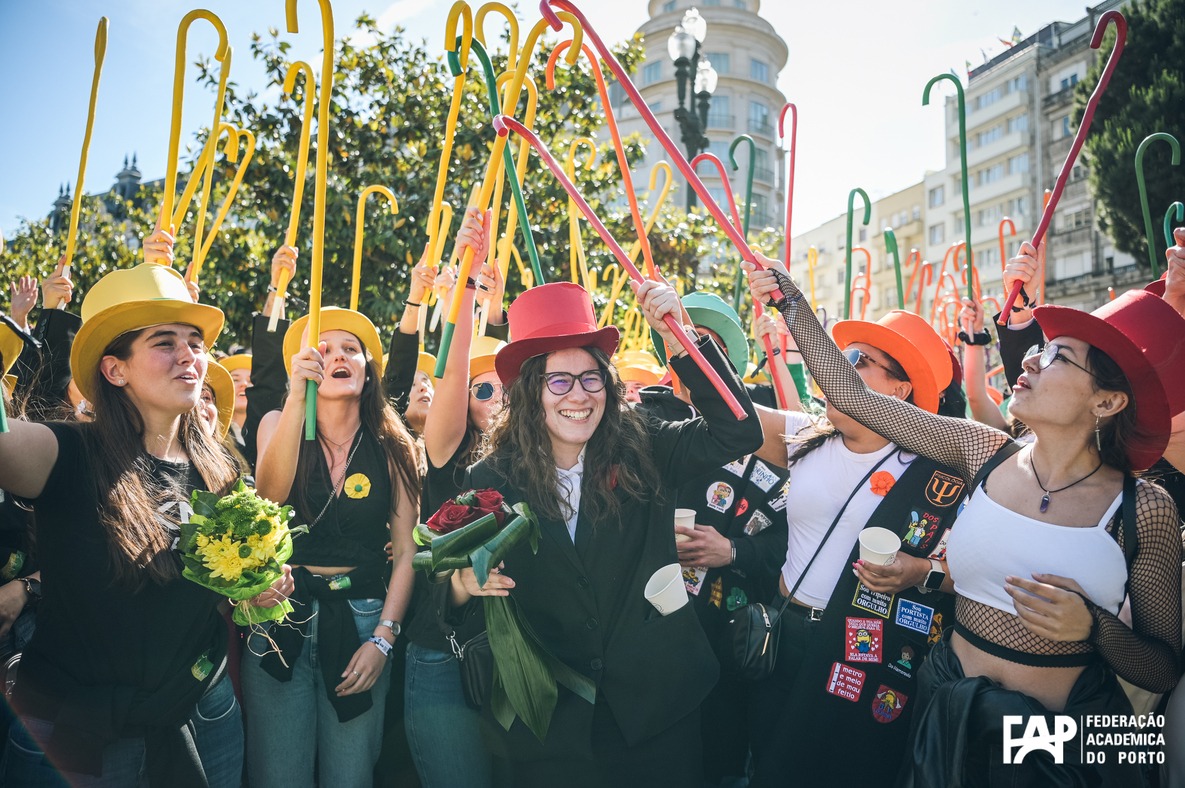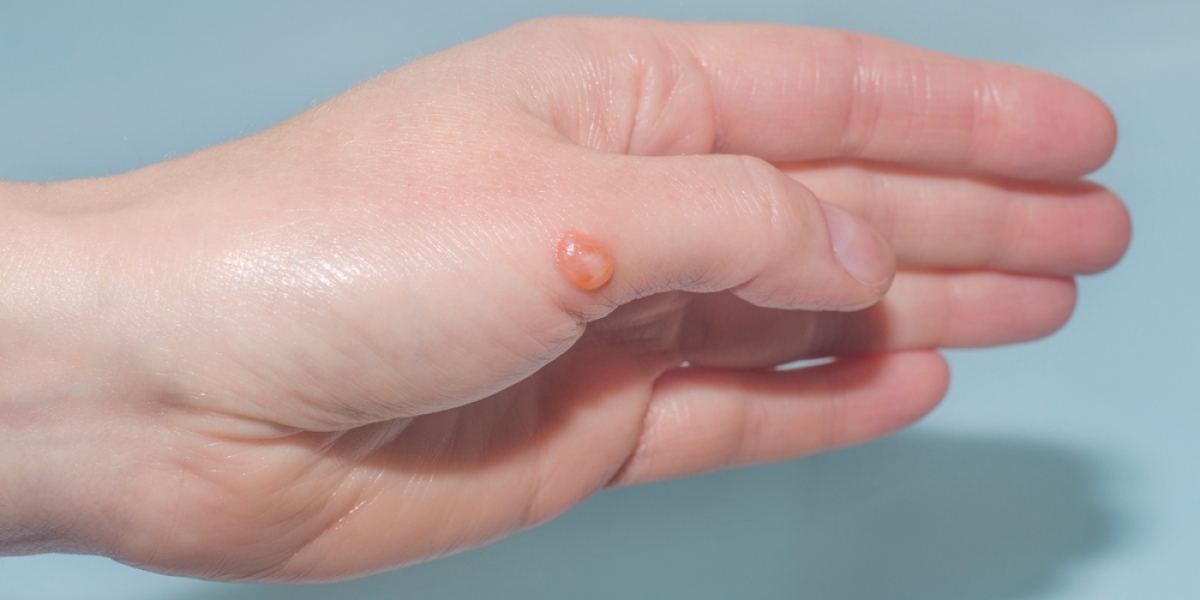Ahu Akivi is one of the most fascinating and mysterious sites on Easter Island, known for its unique ocean-facing moai statues. Unlike other ahus (platforms) on the island, Ahu-Akivi holds deep cultural and astronomical significance. In this article, we uncover 10 hidden secrets that make this sacred site even more intriguing.
1. The Only Ocean-Facing Moai on Easter Island
One of the biggest mysteries of Ahu Akivi is that its seven moai statues face the ocean, unlike most other moai, which face inland. This unique orientation has sparked numerous theories, from honoring ancestral spirits to serving as navigational markers.
2. An Astronomical Calendar
Ahu-Akivi is not just a ceremonial site; it is also believed to function as an ancient astronomical observatory. The statues are aligned in such a way that they directly face the setting sun during the equinoxes, indicating that the Rapa Nui people had advanced knowledge of celestial movements.
3. Representation of the Seven Explorers
According to local legend, the seven moai of Ahu-Akivi represent the seven explorers sent by King Hotu Matu’a before the main settlement of Easter Island. These figures symbolize the island’s first discoverers and play a vital role in Rapa Nui oral history.
4. The Moai Were Re-Erected in the 20th Century
Unlike many other moai that remain toppled due to past conflicts or natural disasters, the seven statues at Ahu Akivi were restored in the 1960s. Archaeologists William Mulloy and Gonzalo Figueroa led the reconstruction, making it one of the first restored sites on Easter Island.
5. Moai Were Built with Basalt Tools
The construction of the moai remains an enigma, but experts believe the statues at Ahu-Akivi were carved using basalt tools. These tools, crafted from hardened volcanic rock, allowed the ancient Rapa Nui to shape and sculpt the massive stone figures with remarkable precision.
6. Connection to the Tapu System
The Rapa Nui practiced a sacred belief system known as “tapu,” which governed social and spiritual life. Ahu Akivi was considered a sacred site where the mana (spiritual energy) of ancestors was strongest, making it an essential place for religious ceremonies.
7. The Mystery of the Missing Coral Eyes
Originally, the moai of Ahu-Akivi had eyes made of coral and obsidian, which were thought to give the statues their spiritual power. However, these eyes are missing today, adding another layer of mystery to the site. Some believe they were removed during tribal conflicts, while others suggest they were taken by European explorers.
8. The Secret Underground Caves Nearby
Near Ahu Akivi, there are several hidden caves used by the Rapa Nui people for shelter and rituals. Some of these caves contain petroglyphs and carvings that offer insights into their ancient beliefs and daily life.
9. The Role of the Moai in Navigational Guidance
Some researchers believe that Ahu-Akivi and its moai played a role in the navigation system of the Rapa Nui people. Given their position and alignment with celestial events, these statues may have served as reference points for early Polynesian sailors.
10. Ahu Akivi is Part of the Te Pito Kura Axis
Ahu Akivi is thought to be connected to other significant sites on Easter Island, including Te Pito Kura, a site known as the “navel of the world.” Some experts theorize that these locations are linked through an ancient sacred grid, reflecting the islanders’ advanced understanding of geomancy and energy lines.
Conclusion
Ahu Akivi remains one of Easter Island’s most mysterious and sacred sites. From its unique astronomical alignment to its connection with Polynesian navigation, this ahu continues to captivate researchers and travelers alike. Whether you visit for its historical significance or its spiritual aura, Ahu Akivi stands as a testament to the ingenuity and deep cultural roots of the Rapa Nui civilization.
FAQs
1. Why do the moai at Ahu Akivi face the ocean?
Unlike most moai on Easter Island, the statues at Ahu Akivi face the ocean. This is believed to be either a tribute to ancestral explorers or a navigational marker for seafarers.
2. What makes Ahu Akivi different from other moai sites?
Ahu Akivi is unique because it has the only moai that face the ocean, and its statues are precisely aligned with celestial events, serving as an astronomical calendar.
3. Can you visit the underground caves near Ahu Akivi?
Yes, some caves near Ahu Akivi are accessible to visitors, though it’s best to explore them with a local guide to learn about their history and significance.
4. When were the moai at Ahu Akivi restored?
The statues at Ahu Akivi were restored in the 1960s by archaeologists William Mulloy and Gonzalo Figueroa, making it one of the first reconstructed sites on Easter Island.
5. What is the best time to visit Ahu Akivi?
The best time to visit Ahu Akivi is during the equinoxes (March and September), when the statues align perfectly with the setting sun, highlighting the site’s astronomical importance.

